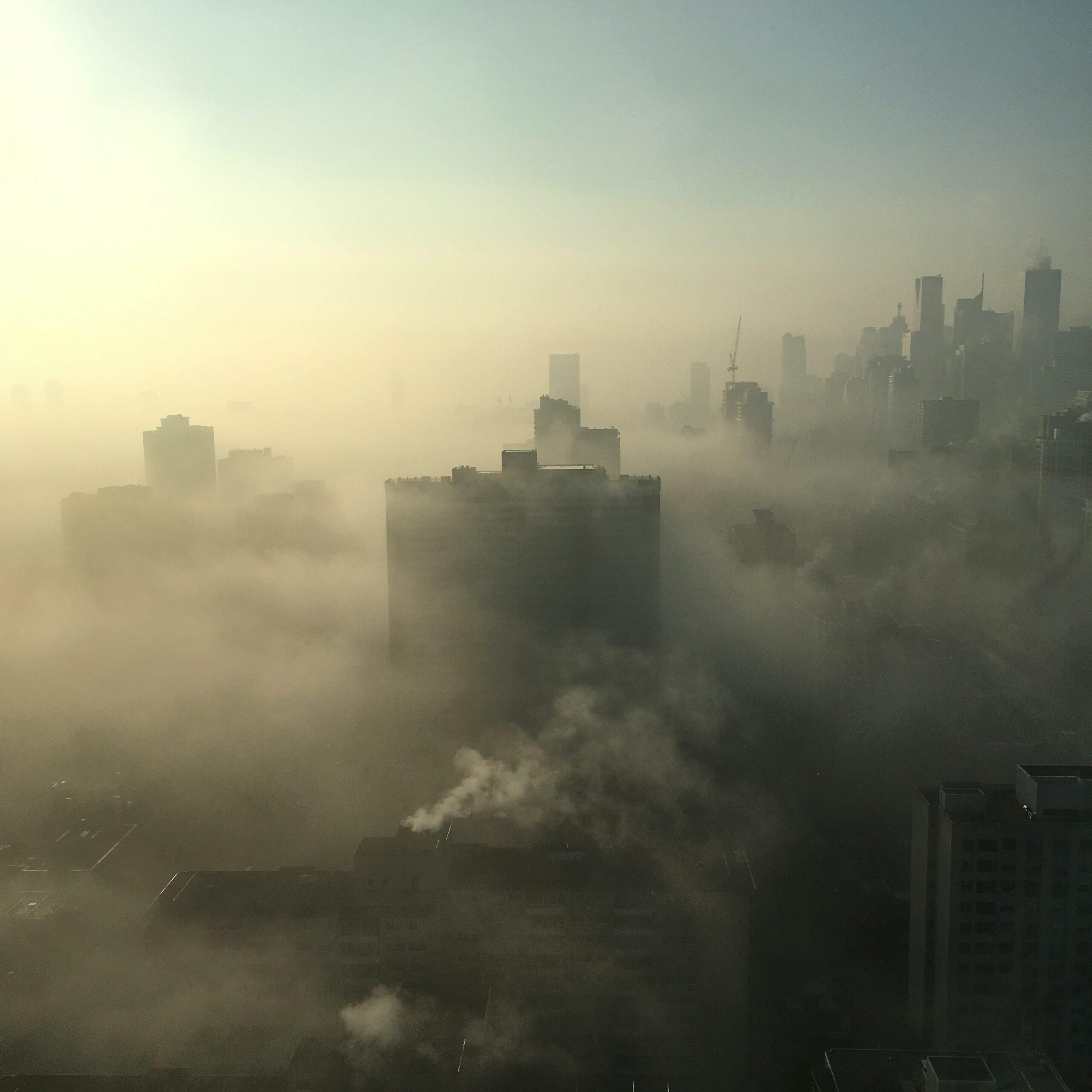Preventing an asthma attack is easy. Just take a hit on a bronchodilator inhaler, right? Wrong. Bronchodilators, or rescue inhalers, can end an asthma attack once you start showing symptoms, but there are better ways to prevent attacks from happening in the first place.
The main aspect of prevention is reducing the number, length and severity of asthma attacks. The best way to prevent your child’s asthma attacks is to follow the doctor’s recommendations and make sure your child takes asthma control medicines as directed. By doing this, it is possible in most cases to prevent asthma attacks. Also, by avoiding triggers, your child may be able to limit the severity of symptoms.
Asthma attacks are the leading cause of hospitalizations for children in New York City, according to the United States Centers for Disease Control and Prevention. Preventing asthma attacks— the sudden onset of wheezing, coughing and shortness of breath due to exposure to dust, pet dander, cold air, pollution, exhaust or secondhand smoke— takes a comprehensive long-term strategy.
As a pediatric nurse specialist with The Visiting Nurse Service of New York’s Children and Family Services, I have developed a protocol that parents can follow to reduce the risk of asthma attacks. The biggest problem is that few parents realize just how toxic the home environment can be for asthmatic children. Some of the steps include reducing air-conditioning use and toxic products in the home and being vigilant about vaccinations and hand washing. With allergy season upon us and sensitivities to chemical toxins on the rise, this is particularly timely.
While there are a number of different views on the causes of pediatric asthma, parents can take several surefire steps at home to reduce the risk of hospitalizations.
- Go green. The use of four or more household cleaners in one home can increase the incidence of asthma in adults and children. However, children breathe at a faster rate than adults, putting them at greater risk for harm. Look for environmentally friendly cleaning products with nontoxic ingredients.
- Beware of scents. Household air pollution that causes or worsens asthma in children can come from surprising sources, including incense, perfumes, air fresheners, fresh paint and new carpeting. As much as possible, children should be breathing fresh air at home. Just because something smells good, doesn’t mean it isn’t polluting the air or isn’t potentially dangerous.
- Air things out. Open the windows after cleaning your home with chemicals. Many people believe that the smell of bleach implies a clean home or nursery, but it can be harmful.
- Be smoke-free. Households with children should be no smoking zones. If you smoke cigarettes, make it your goal to quit and never allow guests to light up in your home.
- Make your home dust-free and damp mop often. Use a damp cloth to wipe down all surface areas, picture frames and bookshelves. Avoid collections of furry toys. Vacuum carpets frequently, using a HEPA filtered vacuum.
- Make your home fur-free. Avoid keeping pets in the home. If you must have pet, keep it confined to areas other than your children’s bedroom and keep your children’s bedroom door closed at all times.
- Keep food in the kitchen. Food should be stored and eaten in appropriate locations and not in your child’s bedroom or other rooms. Also be sure to keep surfaces free of standing water as it can attract allergy-causing roaches.
- Turn on the AC. Use air conditioners when possible, but remember to clean out air filters every year. Avoid humidifiers as they can be a breeding ground for unhealthy molds. When using fans, clean the blades and ensure the area is free of dust prior to use.
- Spread the word. Ask your children’s caretakers, including relatives, to take the above precautions in their own homes if your children spend more than several days a week there.
- Get vaccinated. Children who have had 12 or more severe respiratory (lung) infections in the first few years of life are at a significantly increased risk of asthma. To reduce the risk of lung infections, asthmatic children should get the flu shot every year.
- Wash up. Frequent hand washing by both parents and children can lessen the risk of childhood lung infections. Make an effort to teach your kids this healthy habit as early as possible.
Environmental checklists are available to parents of asthmatic children online at lungusa.org and epa.gov. These tools are an excellent way of reviewing each room to confirm you haven’t missed any asthma triggers. Achieving a trigger-free environment is important in making your home safe for your child. Start in the asthmatic child’s bedroom. Your goal is to rid each area of allergens, therefore reducing the incidence of asthmatic symptoms and attacks.
Prevention is the key to long-term control of asthma symptoms. Asthmatic children need to be involved and educated on measures they can take to stay healthy. Children are never too young to learn more about how to keep their symptoms under control. Answer their questions and assist them in learning more about asthma. Attend health fairs, keep medical appointments, participate in support groups for asthmatic children and utilize community resources. New research is constantly coming to the forefront to help families manage asthma and allergies. And new and improved medication regimens are helping patients live healthy and productive lives. Keep up by seeing the doctor regularly and staying informed to ensure the entire family is breathing easier.




